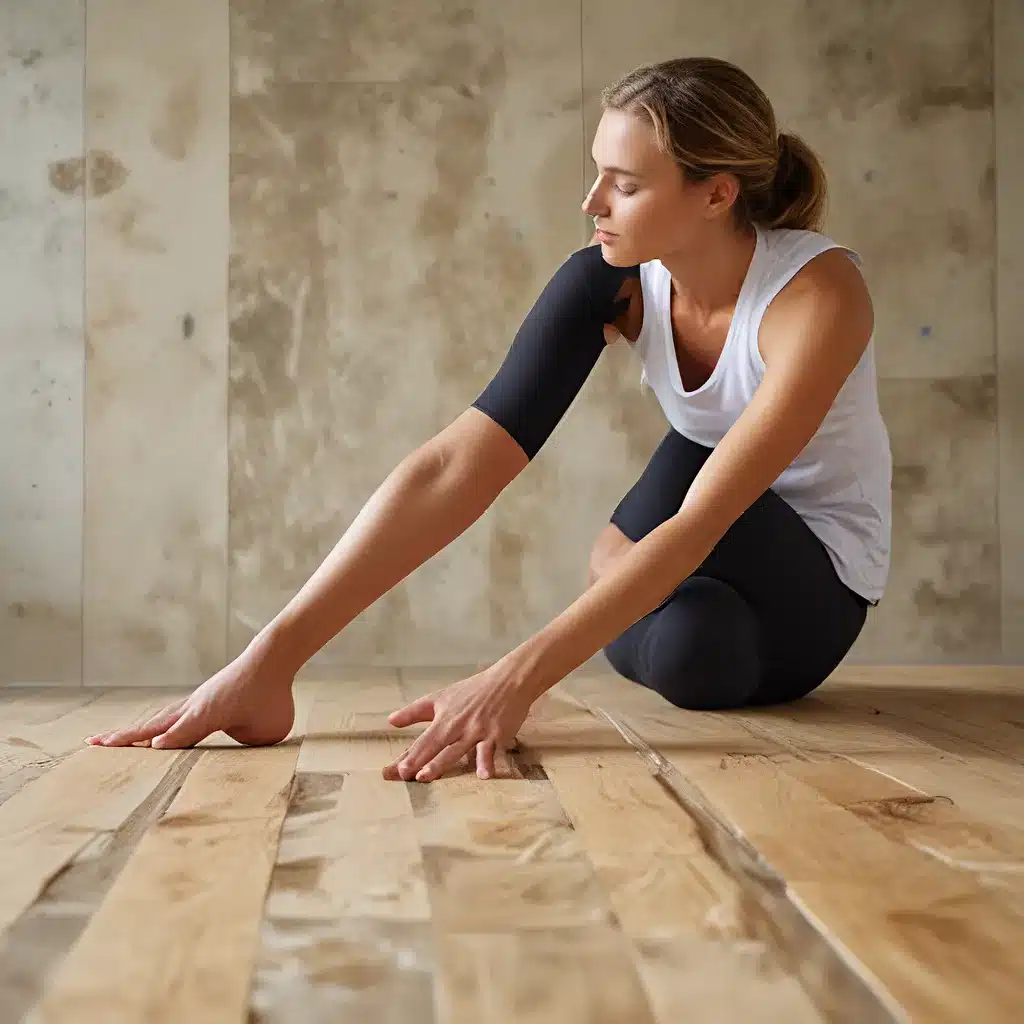
In today’s fast-paced world, our homes have become more than just a physical space – they are sanctuaries for our physical and mental well-being. As the pandemic has shown, our living environments can profoundly impact our overall health and happiness. Recognizing this, more and more homeowners are seeking ways to incorporate wellness-focused design into their spaces.
Color Therapy and Calming Neutrals
One of the primary ways interior design can promote wellness is through the strategic use of color. Color therapy, a practice rooted in the belief that hues can have a profound effect on our emotions and physiology, has long been an important consideration for designers.
When it comes to fostering a sense of wellness, neutral tones reign supreme. Crisp, cool whites and soft creams have a calming and purifying effect, allowing the mind to unwind after a stressful day. “I often tell clients that using white and other soft neutral tones in a space allows your mind to relax and unwind,” says Breejan Jane, an award-winning interior designer. By painting walls in a soothing white hue and selecting neutral finishes for countertops and other surfaces, you can create a serene and uncluttered atmosphere that promotes a sense of peace and tranquility.
But color’s impact on wellness goes beyond just the walls. Thoughtful use of accent hues can also play a role in setting the desired mood. For example, blues and greens are often associated with feelings of calmness and relaxation, making them ideal for bedrooms and bathrooms – spaces where we seek respite. In contrast, warmer tones like reds and oranges can evoke energy and enthusiasm, making them better suited for more active areas of the home, such as the kitchen or living room.
Lighting for Circadian Rhythms
Alongside color, lighting is a crucial element in designing for wellness. Lighting can profoundly impact our circadian rhythms – the natural 24-hour cycle that regulates our sleep-wake patterns and other physiological processes.
“Thinkingabout the differences in the way your office looks compared to a hospital, then compared to a romantic restaurant – the contrast is huge,” explains Jane. “That’s because businesses select lighting fixtures and bulbs that create the feeling they want.”
When designing a wellness-focused space, it’s essential to optimize lighting to work in harmony with the body’s natural rhythms. This can be achieved through the use of circadian rhythm lighting, which adjusts the color temperature and intensity of the light throughout the day to mimic the natural shifts in daylight. By aligning our indoor lighting with the sun’s cycle, we can help support our body’s natural sleep-wake patterns and promote better overall health.
In addition to circadian lighting, strategically placed natural light can also have a profound impact on wellness. Large windows that allow for ample sunlight can boost mood, increase productivity, and even improve sleep quality. When natural light is not readily available, thoughtful placement of artificial lighting can help create the illusion of brightness and openness, contributing to a more uplifting and energizing atmosphere.
Engaging the Senses
Beyond color and lighting, interior design can also promote wellness by engaging our other senses – smell, touch, and sound.
Scent, for instance, is closely linked to our memories and emotions. By incorporating aromatic diffusers and carefully selected fragrances throughout the home, we can create a sensory experience that evokes feelings of relaxation, rejuvenation, or even nostalgia. “Our experiences in various places are also impacted by textures,” Jane notes. “Have you ever walked into a store and spotted a pillow that you just had to go touch? Our senses drive us towards certain things and away from others.”
Designers can harness this knowledge by incorporating plush, inviting textures like velvet, which not only looks luxurious but also feels comforting to the touch. Soft, tactile materials can help create a sense of warmth and coziness, fostering an environment that is both visually and physically soothing.
Holistic Wellness Design
Ultimately, wellness-focused interior design is about creating a holistic environment that nourishes the mind, body, and spirit. It’s about more than just the aesthetic – it’s about crafting spaces that support our overall well-being.
“Wellness isn’t just the latest buzzword,” Jane emphasizes. “It’s a right we’re all entitled to. We spend so much of our lives and important moments right inside our own homes – they should be places of rest and rejuvenation.”
By thoughtfully integrating design elements that address our physical, mental, and emotional needs, we can transform our living spaces into true sanctuaries. Whether it’s the calming effect of neutral tones, the energizing influence of natural light, or the comforting embrace of plush textiles, each design decision can contribute to our overall sense of wellness and well-being.
At Urban Grace Interiors, we understand the profound impact that interior design can have on our lives. That’s why we are passionate about creating customized, wellness-focused spaces that not only look beautiful but also nurture the body, mind, and spirit. By prioritizing the integration of wellness-oriented design elements, we can help transform your home into a true sanctuary – a place where you can truly thrive.

